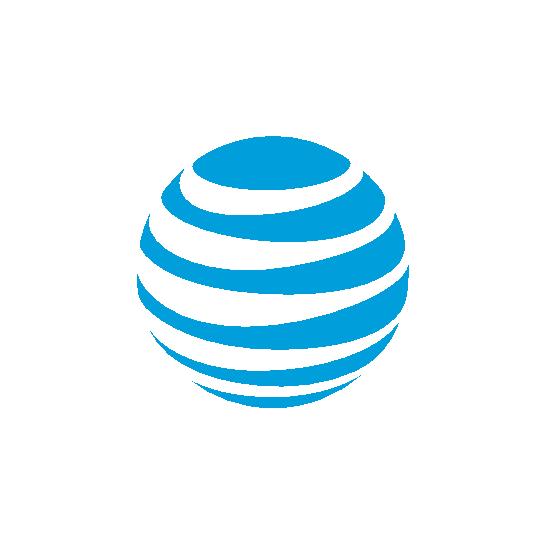AT&T's consolidated revenues for the second quarter totaled $45.0 billion versus $39.0 billion in the year-ago quarter, up 15.3%, primarily due to the Time Warner acquisition (Deal closed on June 14, 2018). Declines in revenues from legacy wireline services, Vrio, domestic video and wireless equipment were more than offset by the addition of WarnerMedia and growth in domestic wireless services, strategic and managed business services, IP broadband and Xandr. Operating expenses were $37.5 billion versus $32.5 billion in the year-ago quarter, an increase of about $4.9 billion due in part to the Time Warner acquisition, partially offset by cost efficiencies and lower Entertainment Group and wireless equipment costs.
Operating income was $7.5 billion versus $6.5 billion in the year-ago quarter, primarily due to the Time Warner acquisition, with operating income margin of 16.7% versus 16.6%. When adjusting for amortization, merger- and integration-related expenses and other items, operating income was $9.9 billion versus $8.2 billion in the year-ago quarter, and operating income margin was 22.0% versus 21.1% in the year-ago quarter primarily due to the acquisition of Time Warner.
Second-quarter net income attributable to AT&T was $3.7 billion, or $0.51 per diluted share, versus $5.1 billion, or $0.81 per diluted share, in the year-ago quarter. Adjusting for $0.38, which includes merger-amortization costs, a non-cash actuarial loss on benefit plans, merger- and integration-related expenses and other items, earnings per diluted share was $0.89 compared to an adjusted $0.91 in the year-ago quarter.
Cash from operating activities was $14.3 billion, and capital expenditures were $5.5 billion. Capital investment – which consists of capital expenditures plus cash payments for vendor financing – totaled $6.5 billion, which includes about $1.0 billion of cash payments for vendor financing. Free cash flow — cash from operating activities minus capital expenditures — was a record $8.8 billion for the quarter.
The Company now expects:
Free cash flow guidance in the $28 billion range1
Dividend payout ratio in the 50s% range1
• | 1 Free cash flow is cash from operating activities minus capital expenditures. The increase in guidance reflects higher cash from operations driven by incremental working capital efforts. Free cash flow dividend payout ratio is dividends divided by free cash flow. |
Low single-digit adjusted EPS growth2
• | 2 Adjustments include merger-related adjusted amortization costs in the range of $7.5 billion, a non-cash mark-to-market benefit plan gain/loss, merger integration and other adjustments. The mark-to-market adjustment is driven by interest rates and investment returns that are not reasonably estimable and can be a significant item. Accordingly, we cannot provide a reconciliation between forecasted adjusted diluted EPS and reported diluted EPS without unreasonable effort. |
Gross capital investment in the $23 billion range3
• | 3 Excludes expected FirstNet reimbursement in the $1 billion range; includes vendor financing. |
4Based on GWS OneScore Sept. 2018
5Based on analysis by Ookla® of Speedtest Intelligence® data average download speeds for Q2 2019
6Based on PC Mag June 2019

